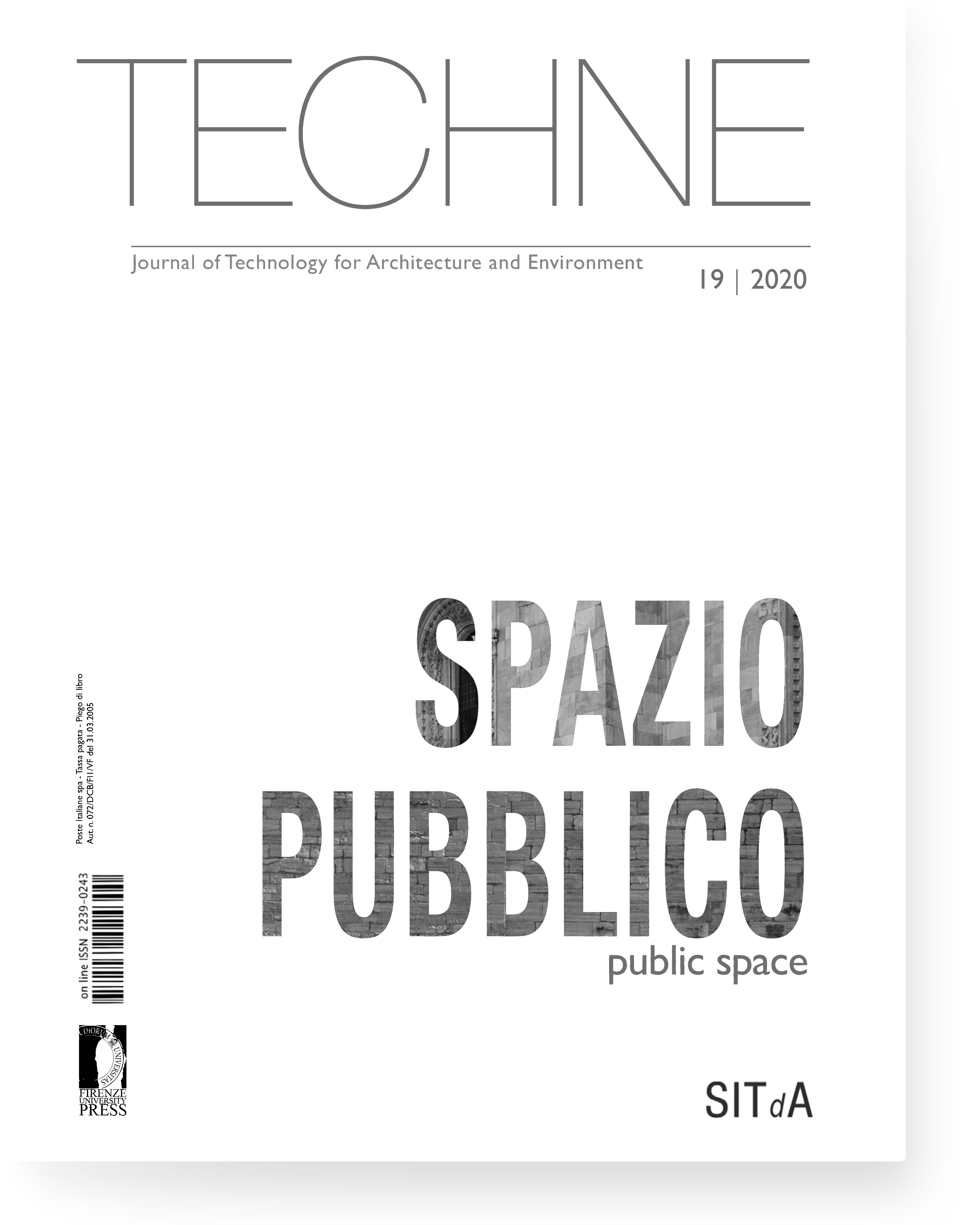Published 2020-01-28
Keywords
- .
How to Cite
Abstract
Urban space planning and design is a complex task for both architects and public agencies. Urban renewal, in particular, with its intricacy of activities and related economic and social attributes, and with its continuity (or discontinuity) from the spatial and temporal life of the city and its natural context, entails potential risks of failure that need to be evaluated and managed. The impact of urban renewal on its local community is the key indicator of a successful intervention, with its social health measured by the ability of retaining former residents and activities next to the new uses and inhabitants that the regeneration inserts into the transformed urban fabric. Such permanence acts as a sort of cultural “sediment” to guarantee the solidity and quality of the intervention.






